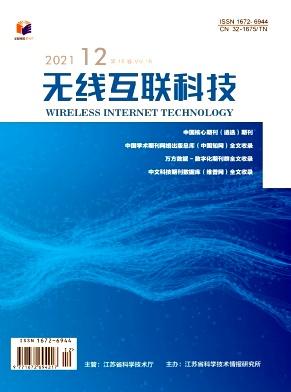Hybrid/integrated networking for NGN services
引用次数: 9
Abstract
Hybrid/integrated network architectures provide ubiquitous and broadband IP-based services to the end users experiencing mobility in Next Generation Network (NGN). This paper deals with the hybrid/integrated satellite and terrestrial systems like Complimentary Ground Component (CGC) or Ancillary Terrestrial Component (ATC) that allows an efficient interworking. In this paper, we introduce integrated network architecture and a discussion on the technical challenges for realization. We also present a cross-layer based simulation results of physical layer interaction with the application layer in a hybrid network. In particular, the effect of fading on dynamic resource allocation and QoS parameters i.e. delay and jitter on multimedia applications e.g. VoIP, video conferencing, FTP and HTTP is studied. The system architecture used for the simulation experiments consists of Digital Video Broadcasting — (DVB-S2) for the forward link and DVB-RCS for the return link of satellite network segment. We also propose using WiMAX and WiFi wireless networks for the terrestrial segment. The simulation results demonstrate the advantages of the cross layer designs in terms of throughput and delay performance.NGN业务的混合/集成组网
混合/集成网络架构为体验下一代网络(NGN)移动性的终端用户提供无处不在的宽带ip服务。本文讨论了卫星与地面的混合/集成系统,如辅助地面组件(ATC)或辅助地面组件(CGC),以实现有效的互连。在本文中,我们介绍了集成的网络结构,并讨论了实现的技术挑战。我们还给出了混合网络中物理层与应用层交互的跨层仿真结果。特别是在VoIP、视频会议、FTP和HTTP等多媒体应用中,研究了衰落对动态资源分配和QoS参数(延迟和抖动)的影响。仿真实验采用的系统架构为卫星网段前向链路DVB-S2和回向链路DVB-RCS。我们还建议在地面段使用WiMAX和WiFi无线网络。仿真结果证明了跨层设计在吞吐量和延迟性能方面的优势。
本文章由计算机程序翻译,如有差异,请以英文原文为准。
求助全文
约1分钟内获得全文
求助全文

 求助内容:
求助内容: 应助结果提醒方式:
应助结果提醒方式:


